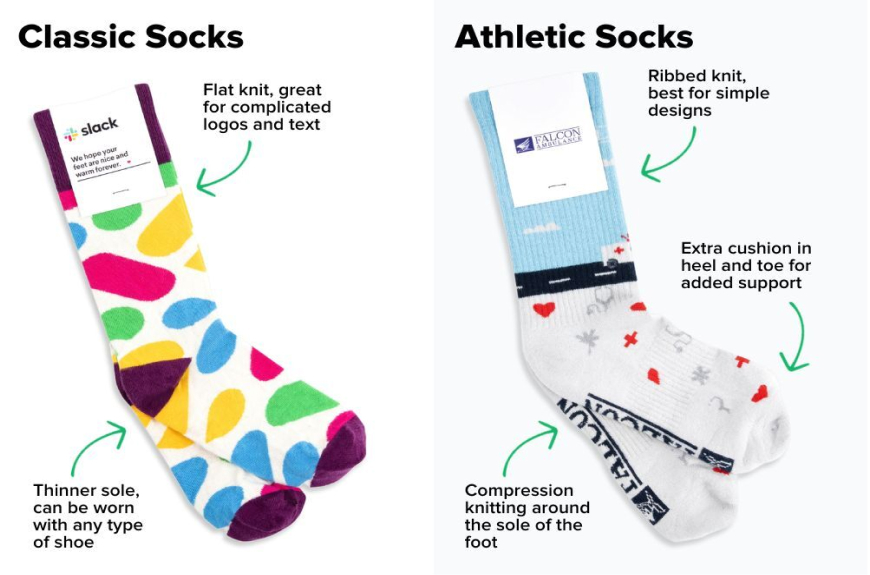Athlete's foot is a common fungal infection that affects many people, especially those who are active in sports or spend time in shared spaces like locker rooms. While it's a well-known condition, there's often confusion about whether it's contagious and how it spreads. In this blog post, we'll explore the facts about athlete's foot and its contagious nature, helping you understand how to protect yourself and others.
What is Athlete's Foot?
Athlete's foot, medically known as tinea pedis, is a fungal infection that typically develops on the skin of the feet. It's caused by various types of fungi that thrive in warm, moist environments. The condition gets its name from its prevalence among athletes, who often wear sports socks and shoes for extended periods, creating an ideal environment for fungal growth.
Is Athlete's Foot Contagious?
The short answer is yes, athlete's foot is indeed contagious. The fungi responsible for this condition can spread through direct contact with an infected person or by touching contaminated surfaces. This is why the infection is common in shared spaces like locker rooms, swimming pools, and communal showers.
How Does Athlete's Foot Spread?
Athlete's foot can spread in several ways:
- Direct skin-to-skin contact with an infected person
- Walking barefoot on contaminated surfaces
- Sharing towels, socks, or shoes with someone who has the infection
- Using contaminated nail clippers or other foot care tools
The fungus can survive on surfaces for extended periods, making it easy to pick up the infection in public areas. This is why it's crucial to wear appropriate footwear when in shared spaces, especially if you're engaging in physical activities.
Symptoms of Athlete's Foot
Recognizing the symptoms of athlete's foot is essential for early treatment and prevention of spread. Common signs include:
- Itching, stinging, and burning between the toes or on the soles of the feet
- Cracking and peeling skin, especially between the toes and on the soles
- Dry, scaly skin on the sides or bottom of the feet
- In some cases, blisters may form
If you notice these symptoms, it's important to start treatment promptly to prevent the infection from worsening or spreading to others.
Preventing the Spread of Athlete's Foot
There are several steps you can take to prevent the spread of athlete's foot:
- Keep your feet clean and dry, especially between the toes
- Wear moisture-wicking socks during physical activities
- Use antifungal powder in your shoes and on your feet
- Avoid walking barefoot in public areas, especially in locker rooms and around swimming pools
- Don't share towels, socks, or shoes with others
- Wear breathable footwear, and alternate between different pairs of shoes to allow them to dry completely
Treatment Options
If you develop athlete's foot, there are several over-the-counter antifungal treatments available. These typically come in the form of creams, sprays, or powders. For persistent or severe cases, a doctor may prescribe stronger antifungal medications.
It's important to continue treatment for the recommended duration, even if symptoms improve, to ensure the infection is fully eradicated. Failure to complete treatment can lead to recurrence and increase the risk of spreading the infection to others.
Wrapping Up
Athlete's foot is indeed contagious, but with proper precautions and hygiene practices, you can significantly reduce your risk of contracting or spreading the infection. By understanding how the fungus spreads and taking steps to protect yourself and others, you can keep your feet healthy and fungus-free. Remember, if you suspect you have athlete's foot, start treatment promptly and maintain good foot hygiene to prevent its spread.


